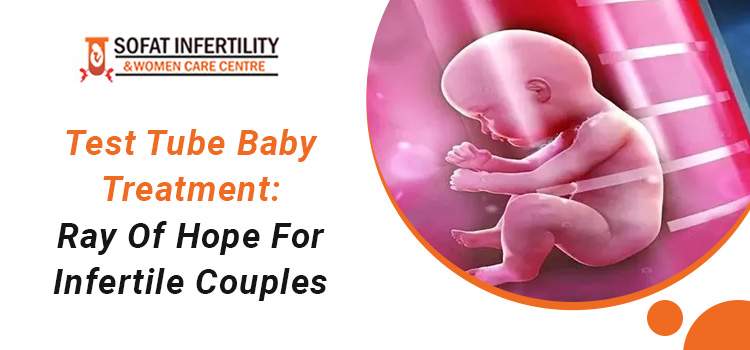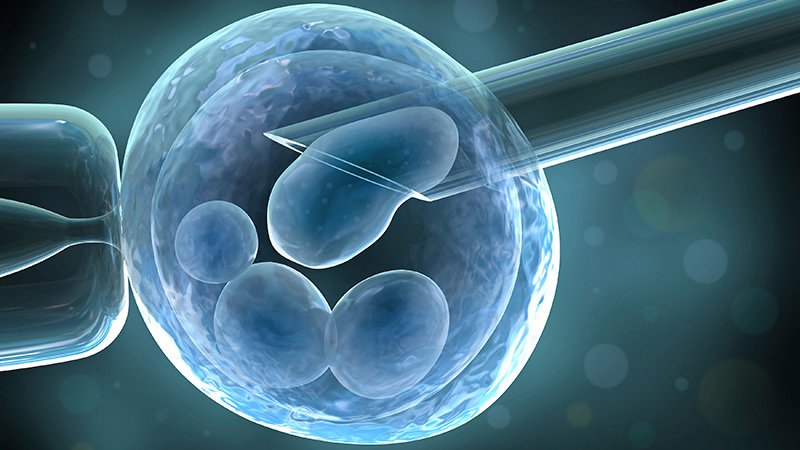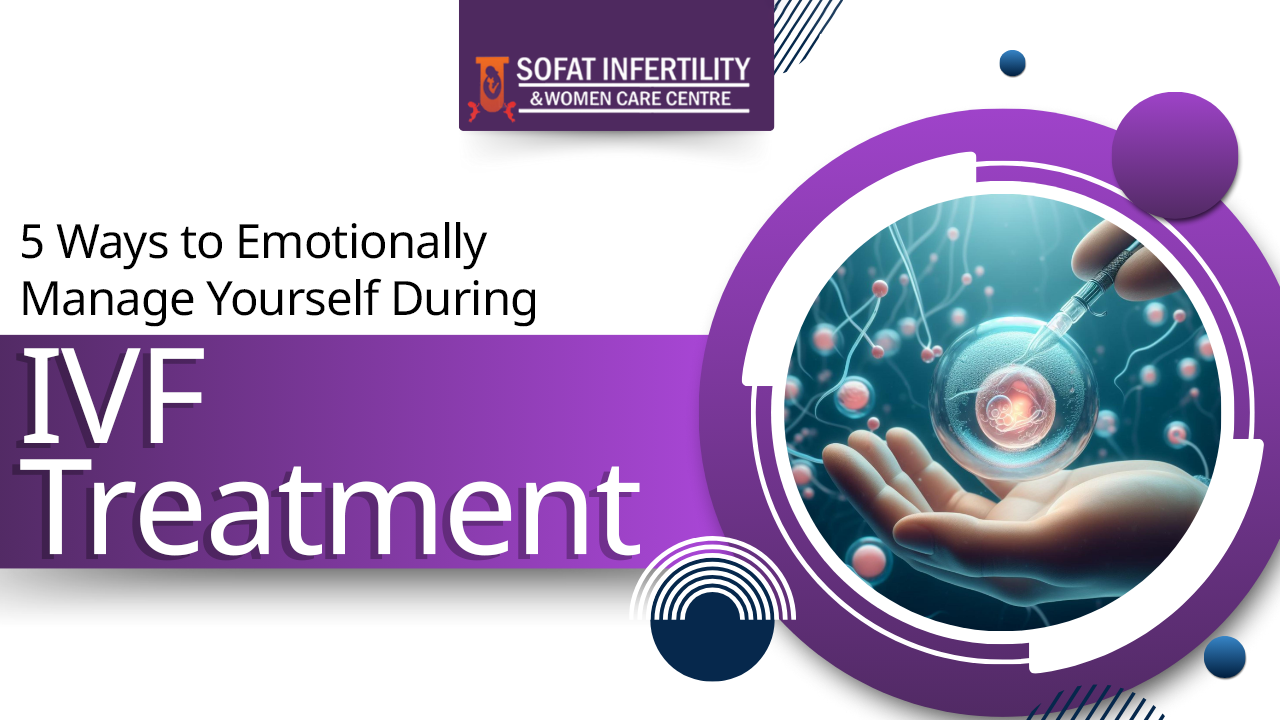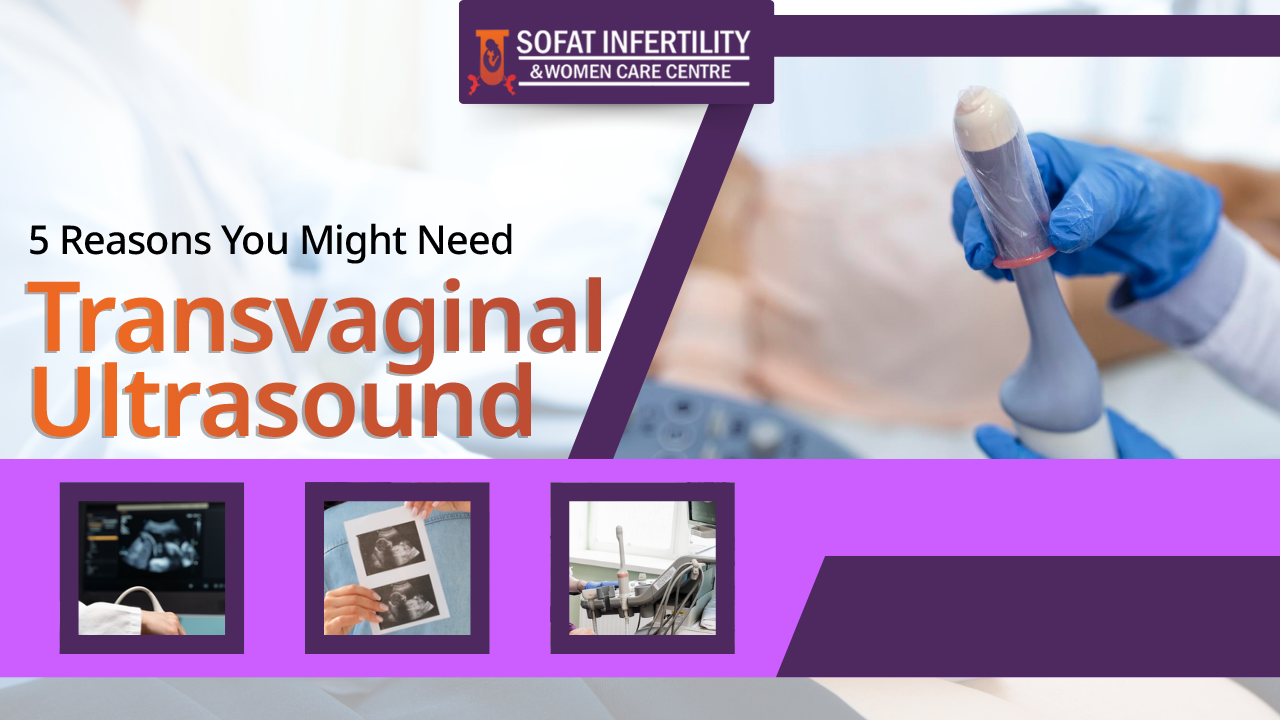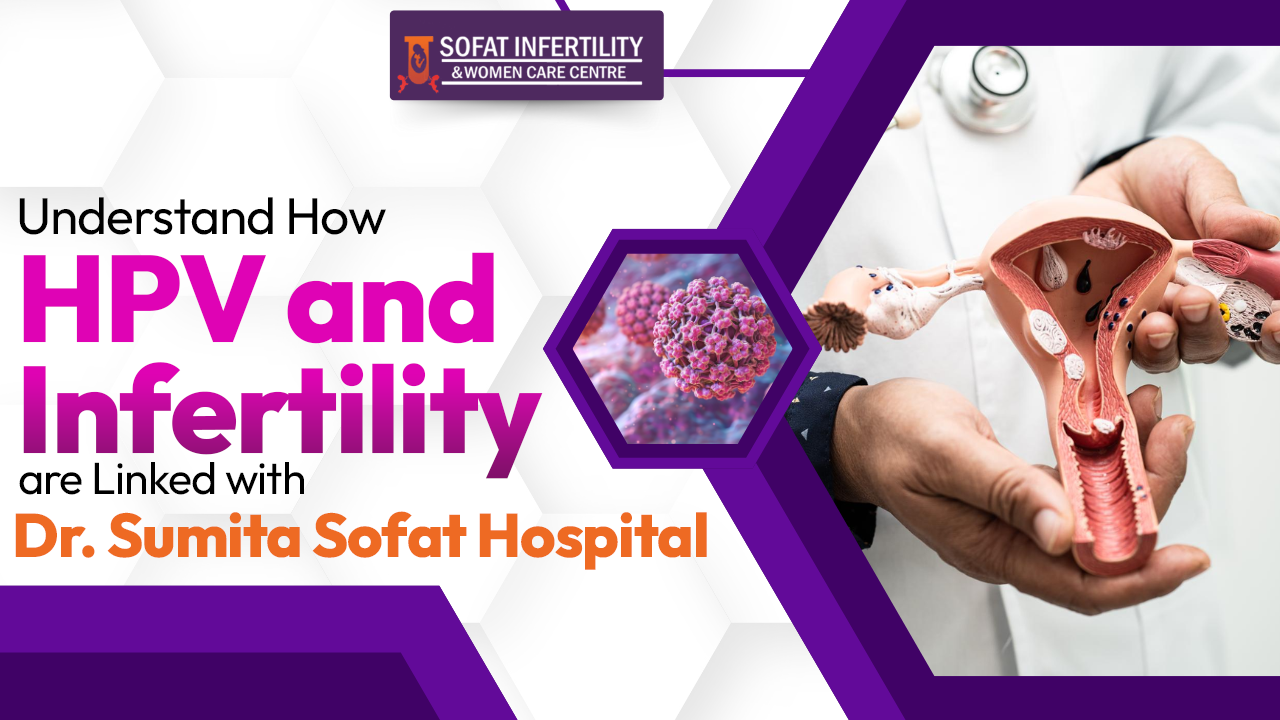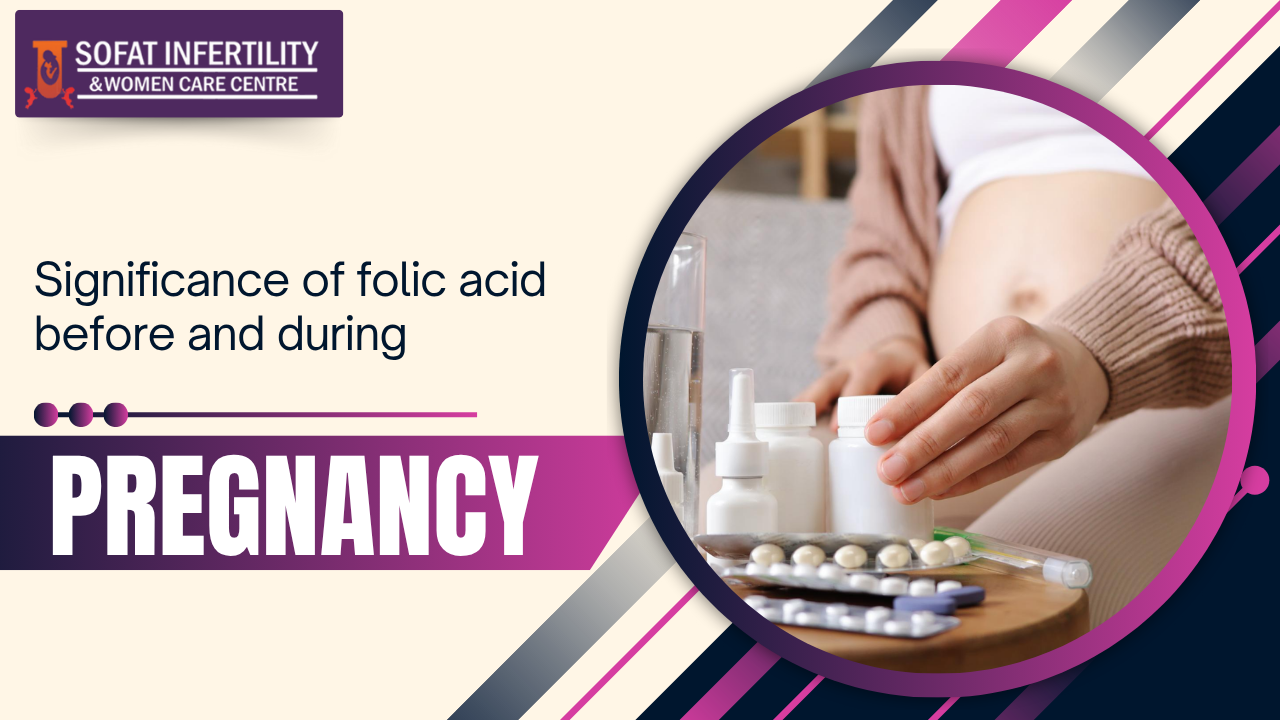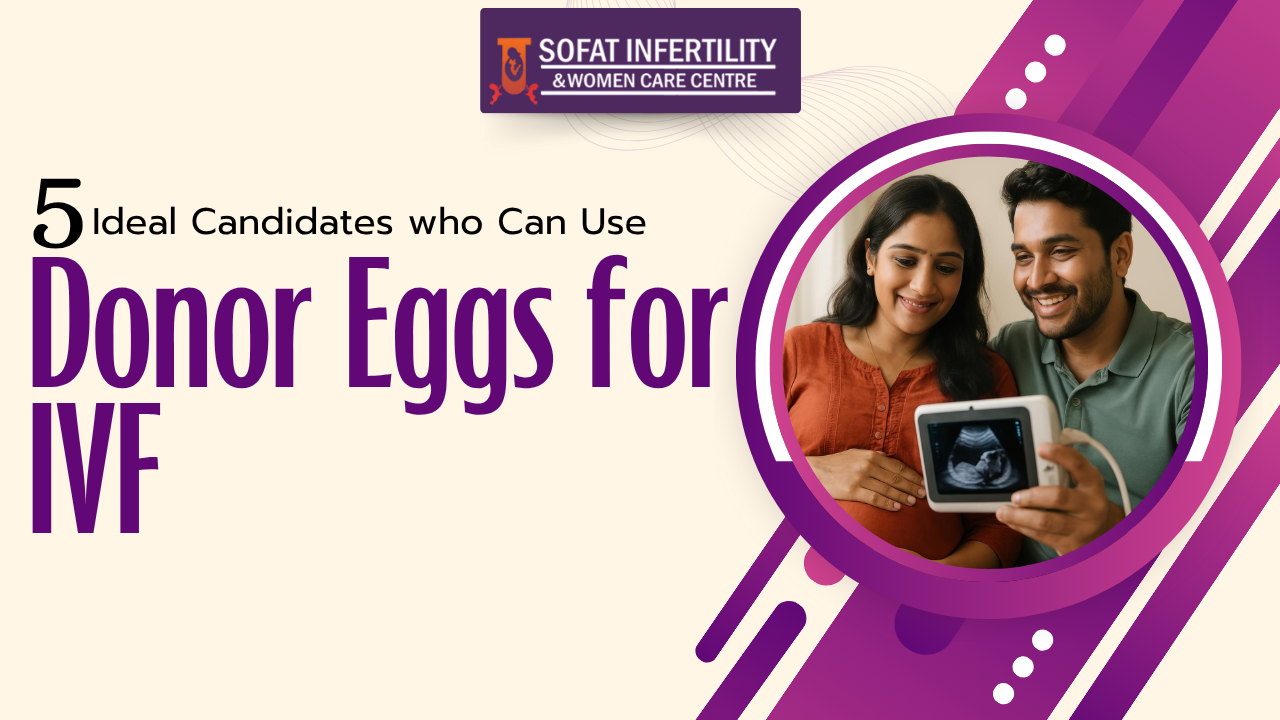![]()
For the first time, the test tube baby treatment was used in 1978 in England. Since then, we have traveled a long way as this Assisted Reproductive Technology is getting a lot better with time. When you visit one of the best IVF Centre in Punjab, you will hear the fertility doctor referring to it as IVF or Test tube baby, so it means both the terms are used for one treatment only.
Being an advanced form of Assisted reproductive technology, it has slowly started to get the attention of the infertility couple. When the couple is struggling to conceive for a long time, consult one of the Best IVF Doctor in Ludhiana. They have different concerns in their mind, and they hope to get all the answers for the same. One of the most common ones is, “How and why a test tube baby is essential?”
Test tube baby treatment
Test tube baby or IVF (In-Vitro-Fertilization) treatment includes combining egg and sperm in a controlled environment. Later the sperm is processed in the petri dish till the time it won’t become an embryo. Following that embryo is placed back to the women’s reproductive tract, which will boost your chances of conception.
Why is a test tube baby important?
Test tube baby or IVF can be used in several cases like:
- Fallopian tube damage
- Ovulation is absent, and the women don’t have enough eggs, which can help in fertilization
- Premature ovarian failure
- Endometriosis
- Male infertility
What are the 5 steps involved in test tube baby treatment?
Step 1: Boost the egg count through medications
The initial step is to boost the egg count in the body by injecting some hormones or suggesting some medications. Once the HCG36 is injected, within 3 hours, the egg will reach the mature stage needed for the treatment.
Step 2: Egg retrieval
Once enough count is produced, it’s retrieved from the women’s body. Egg retrieval is a simple procedure, and you might experience some discomfort. Around 8 to 15 eggs are extracted from the women’s ovaries.
Step 3: Sperm sample is taken
When the egg is retrieved, the male partner is asked for the semen sample. If there is some issue, then the option of a sperm donor is suggested.
Step 4: Fertilization
Then comes the fertilization, in which egg and sperm are combined in a petri dish so that the embryo is formed. The embryo is kept under careful watch for 3 to 5 days.
Step 5: Embryo transfer
Studies have shown that transferring the embryo on the 3rd or 5th day has better chances of successful conception.

